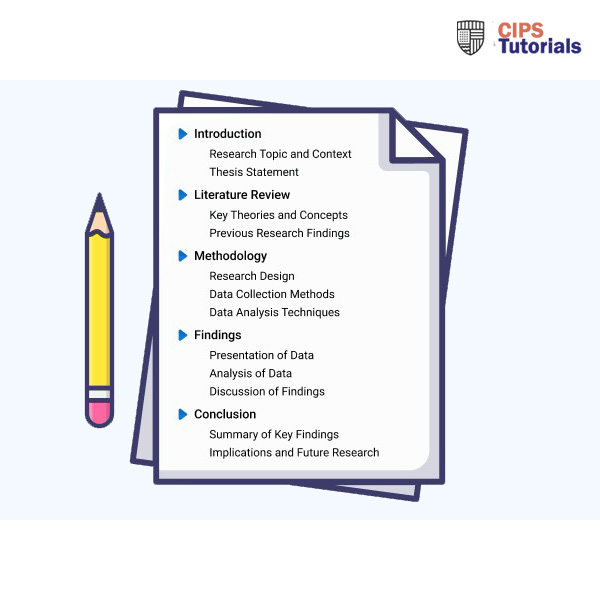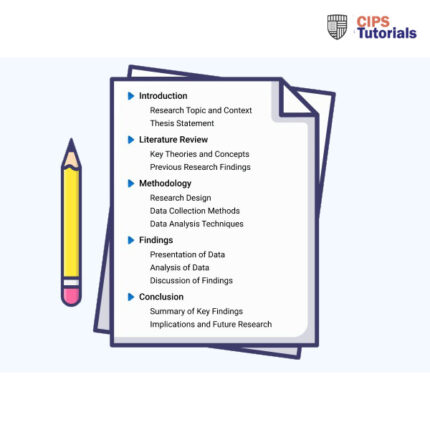-75%
Description
Related Papers
(Solution) CIPD 5C002 (AC1.5) Assess how (2) different ethical perspectives can influence decision-making
(Solution) ICS Learn CIPD Level 5 Organisational Performance and Culture in Practice (5CO01)
(Solution CIPS) The impact of supply chain management on corporate performance
(Solution) CIPD 5HR03 approaches to performance management. (AC 3.1)
(Solution) New CIPS Sourcing Essentials (PSE) TAQA Water Solutions
This report evaluates and contrasts various sourcing strategies within the SWS (Sustainable Water Solution) organisation, focusing on the health and safety (HS&E) category of spend during the COVID-19 pandemic, which necessitated remote working.
To assess the different sourcing strategies, tools such as the Kraljic analysis, Mendelow's stakeholder analysis, the business hierarchy of needs, and the SWOT analysis were employed.
Additionally, the Peter Block Grid was used to categorise stakeholders based on their interests and positions related to the sourcing strategies.
In the supplier evaluation for the HS&E category of spend within SWS, Carter's 10Cs methodology was applied to assess different sourcing strategies.
The results indicate that SWS should adopt a strategic sourcing approach to sustain its leadership in the sustainability and water management industry while maximising efficiency.
The sourcing strategies include multiple sourcing (engaging with multiple suppliers), single sourcing (working with one supplier), sole sourcing (working with a monopolistic supplier), and dual sourcing (working with two suppliers who might have conflicting demands).
In conclusion, the recommendations for SWS's sourcing strategies in the HS&E category of spend are as follows:
- Determine the most suitable sourcing strategy based on the characteristics of the spend category.
- Ensure procurement policies are comprehensive and prioritize health and safety standards.
- Simplify the procurement process while considering the interests of all stakeholders.
- Upgrade the current Ariba/SAP system to enhance information flow and support various sourcing methods such as RFQ, RFP, negotiation, and e-auction throughout the product lifecycle
(Solution) CIPS MER Developing Contracts
In summary, this report has focused on evaluation the selection criteria and sourcing strategies for enabling appropriate selection of suppliers for goods, services and works. Through a focus on Ericsson organisation different spend categories, a set of sourcing approaches have been identified. The approaches have been evaluated through the application of different tools and techniques. This is with different available data from Ericsson spend categories being evaluated in detail. Further, for the different approaches, the risk analysis and potential challenges impacting their implementation. The findings indicate that there is no one-size-fits all approach for selection criteria and sourcing strategies. The best practice is dependent on the organisation category of spend and suppliers availability.
A set of recommendations can be provided for successful formulation of selection criteria and sourcing strategies. These include;
- In SWOT analysis, one of the identified weakness is failure to use technologies in their sourcing approach. As a best practice, Ericsson can make investments in modernised technology including AI, machine learning in improving their sourcing strategies
- Since there is no one-size-fits all approach of selection criteria and sourcing strategies, the best practice would be to harness collaborative and partnerships relations for success of their sourcing.
- Pursue a holistic L&D practices by the PS&M in order to understand the best sourcing approach which would be in a position of enhancing the overall process of sourcing
- Further, from the risk analysis, some of the risks identified are not UpToDate. Hence, it is important continuously updating supply chain networks for identifying potential risks which are internal and external.

